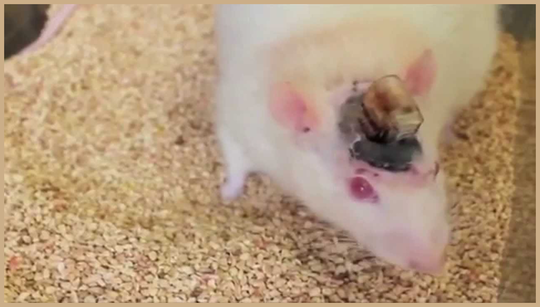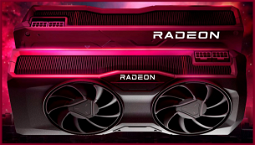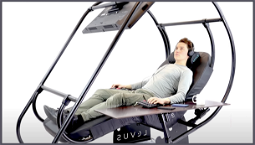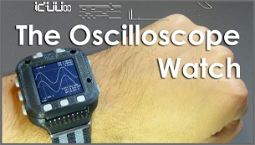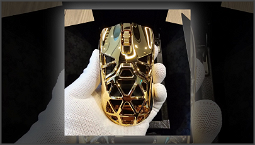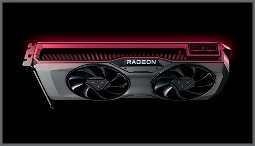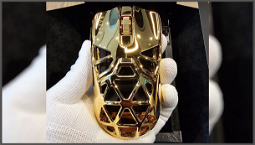Scientists merge human and mouse brain cells with electronics in the DishBrain concept
The Australian team has managed to successfully merge human and mouse brain cells with electronics in the DishBrain concept, with the military investing $407,000 through the United States’ Defense Advanced Research Projects Agency (DARPA) towards the research. The concept, which represents the cutting edge of AI development, sees a semi-biological processing unit dubbed ‘DishBrain’ functioning as a Brain-Computer Interface (BCI), with control electrodes allowing it to learn to play Pong within five minutes of being turned on.
“The purpose of the research is to help develop artificial intelligence that’s more compatible with biological systems and can help us understand the brain better,” professor Thomas Schroeder, who leads the team at the University of Melbourne, explains. “This is part of a bigger vision to develop an electronic brain that can interact with biological systems.”
DishBrain is a “wetware-based processing system” that has been trained to maximise survivability and minimise energy expenditure by mapping the ball’s movement to the cells through electrodes. A reward system is then implemented to ensure that the ball is hit with the paddles.
“We’re training these cells to do something active,” associate professor Adeel Razi, who heads the team, tells CNN. “This is a very futuristic thing. We’re talking about a semi-biological processor that can actually do something in the real world.”
Razi believes that bio-processors like DishBrain could surpass conventional silicon chips, as they could theoretically overcome limitations in training by learning by themselves. “If you look at the trend of hardware, it’s been moving towards silicon chips and they’re good at computation, but they’re not as good at learning,” he says. “This is trying to marry the best of both worlds.”
The concept of merging brain cells with electronics elicits a number of science fiction-like scenarios, with the potential for future versions of humanity to have to deal with the consequences of advanced technology being pushed to the limits. However, many researchers are aware of the existential risks of AI and are working to ensure that future artificial intelligence (AI) machines are equipped with the capacity to learn and adapt as an organic brain would.
In this sense, DishBrain’s ability to learn by itself aligns with the goal of recursive training pursued by key AI companies, namely the ability to teach a system by letting it learn in a self-reinforcing loop. This could overcome the issue of catastrophic forgetting in AI, whereby systems forget how to perform a certain task after periods of inactivity.
The team at the University of Melbourne has received a grant from the Office of the Director of National Intelligence in the US to develop AI machines replicating the learning capacity of biological neural networks, with Schroeder explaining that the research is “about helping AI learn like humans do”.
While the potential uses of the technology remain to be seen, and the potential risks from artificial superintelligence remain an ongoing debate, the concept of merging brain cells with electronics is undoubtedly exotic and fascinating, representing the cutting edge of AI development.
